Energy Efficient Homes in Colorado
A Home Energy Rating Score (HERS) is a measure of a home’s energy efficiency. It is calculated by comparing the energy use of a home to a reference home, which is a model home that meets certain energy efficiency standards. The reference home is given a HERS score of 100, and the energy efficiency of other homes is then measured relative to the reference home. For example, a home with a HERS score of 50 is 50% more energy efficient than the reference home.
HERS scores are used to evaluate the energy efficiency of homes and are often used in conjunction with energy efficiency programs and incentives. A home with a low HERS score is considered to be more energy efficient and may be eligible for certain energy-saving incentives, such as tax credits or rebates.
HERS scores are calculated using a variety of factors, including the home’s insulation levels, the efficiency of its heating and cooling systems, and the energy efficiency of its appliances and windows. The score is determined using a combination of computer modeling and on-site inspections.
The Energy Star New Homes Program is a partnership between the U.S. Environmental Protection Agency (EPA) and the homebuilding industry to promote the construction of energy-efficient homes. Energy Star is a program run by the U.S. Environmental Protection Agency (EPA) that helps homeowners save money on their energy bills by identifying products and homes that are energy efficient. An Energy Star certified home is a home that meets strict guidelines set by the EPA for energy efficiency, which means that it is designed and built to use less energy and water than a typical home. There are many benefits to owning an Energy Star certified home, including lower energy bills, improved indoor air quality, and a smaller carbon footprint. Other benefits may include a more comfortable living environment, increased durability and longevity of the home, and a higher resale value. Energy Star certified homes also help reduce greenhouse gas emissions, which can help protect the environment.
Energy Star Indoor airPLUS is a program run by the U.S. Environmental Protection Agency (EPA) that helps homeowners improve the indoor air quality in their homes. The program focuses on the use of high-quality products and construction techniques to reduce the presence of pollutants and other contaminants in the air.
To qualify for the Energy Star Indoor airPLUS program, a home must meet a set of strict guidelines for indoor air quality set by the EPA. These guidelines cover a range of factors, including the use of low-emitting materials, the proper installation of ventilation systems, and the use of air filtration systems. Homes that meet these guidelines are eligible to be certified under the program and can display the Energy Star Indoor airPLUS logo.
The benefits of an Energy Star Indoor airPLUS certified home include improved indoor air quality, which can help reduce the risk of respiratory problems and other health issues. In addition, these homes may have a more comfortable living environment, as they are designed to minimize the presence of pollutants and contaminants in the air. Finally, an Energy Star Indoor airPLUS certified home may have a higher resale value and be more attractive to buyers who are looking for homes with high indoor air quality.
The Energy Star WaterSense program is a partnership between the U.S. Environmental Protection Agency (EPA) and the plumbing industry to promote the use of water-efficient products and practices. The program aims to help homeowners and businesses save water and money by identifying and promoting products and practices that use less water without sacrificing performance.
The Energy Star WaterSense program includes a number of different initiatives, including the WaterSense label for water-efficient products and the WaterSense New Homes program, which helps builders construct water-efficient homes.
The WaterSense label is similar to the Energy Star label, but it is specific to water-efficient products. The label is applied to a wide range of products, including toilets, showerheads, faucets, and irrigation systems, that meet strict performance and efficiency standards set by the EPA. Products that are labeled with the WaterSense logo are tested and certified to use at least 20% less water than similar products without sacrificing performance.
The WaterSense New Homes program is similar to the Energy Star New Homes program, but it focuses specifically on water efficiency. The program offers guidelines and resources for builders to help them construct water-efficient homes, and it certifies homes that meet these guidelines as WaterSense New Homes.
The benefits of the Energy Star WaterSense program include water and cost savings, as well as environmental benefits. Water-efficient products and practices can help reduce water usage, which can help conserve this valuable resource and reduce strain on local water supplies. In addition, using less water can also help reduce energy consumption and greenhouse gas emissions, as it takes energy to treat and transport water. Finally, using water-efficient products and practices can help reduce water bills and save money.
The U.S. Department of Energy (DOE) has a program called the Zero Energy Ready Home (ZERH) program, which is designed to promote the construction of net zero homes. To qualify for the program, a home must meet certain energy efficiency standards and be equipped with renewable energy systems that are capable of producing enough energy to offset its energy consumption.
Net zero homes have several benefits, including reduced energy costs, a smaller environmental footprint, and increased resiliency in the face of power outages. They can be a good option for homeowners who want to reduce their carbon footprint and save money on energy bills.
LEED, or Leadership in Energy and Environmental Design, is a rating system developed by the U.S. Green Building Council (USGBC) to evaluate the environmental performance of buildings and homes. A LEED certified home is a home that has been designed and built to meet certain standards set by the USGBC for energy efficiency, water conservation, indoor air quality, and other environmental factors. To become LEED certified, a home must undergo a thorough assessment and meet a certain number of credits in various categories, such as energy performance, water efficiency, and materials and resources.
There are many benefits to owning a LEED certified home. These homes are generally more energy efficient and use less water than typical homes, which can lead to lower utility bills and a smaller environmental footprint. LEED certified homes may also have improved indoor air quality, which can help reduce allergens and other pollutants and improve overall health and well-being. In addition, LEED certified homes are often built using sustainable materials and practices, which can help reduce waste and protect natural resources. Finally, LEED certified homes may have a higher resale value and be more attractive to buyers who are looking for environmentally friendly homes.






